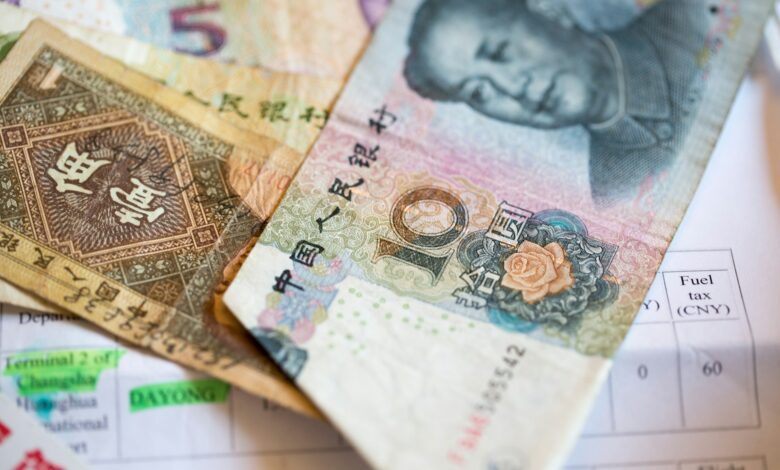
China Injects Economic Stimulus: Will Bitcoin Benefit?
On September 24, 2024, the People’s Bank of China (PBOC) announced a significant policy shift by reducing the reserve requirement ratio (RRR) by 50 basis points (bps). This move mirrors a similar action by the US Federal Reserve on September 18, when it also cut interest rates by 50bps.
Cryptocurrency analyst Jamie Coutts stated that the reduction of the RRR by 50bps is expected to inject an additional $113 billion of liquidity into the Chinese equity market. This fresh influx of liquidity could establish a “stock stabilization fund,” potentially lowering borrowing costs on approximately $5.3 trillion in mortgages.
For those unfamiliar with the term, a stock stabilization fund is a financial tool typically used to support a company’s stock price during periods of market volatility. In the context of China, this injected liquidity aims to provide support to its struggling equity market.
Coutts further elaborated, “The bottom is in for global central bank liquidity for this cycle,” indicating that central banks around the world may follow the lead of the US and China by implementing similar rate cuts. Such a global trend of rate reductions could be highly favorable for Bitcoin.
Historical Context and Bitcoin’s Response
Coutts highlighted historical data showing how Bitcoin has previously responded to PBOC’s economic stimulus measures. For instance, in October 2023, the PBOC injected $367.7 billion into the economy through reverse repos. In January 2024, the bank cut the RRR by 50bps, adding an additional $140 billion in stimulus.
During this period, Bitcoin’s price was approximately $35,000 in October 2023. However, it surged to nearly $40,000 just before the January 2024 RRR cuts. By March 2024, Bitcoin’s value had skyrocketed to over $71,000, more than doubling since the $367.7 billion stimulus. The latest RRR cut is anticipated to have a similarly positive impact on Bitcoin’s price.
Coutts emphasized that Bitcoin’s price remains closely linked to global liquidity conditions. The fresh stimulus from the PBOC could significantly change investor risk appetite, making risk-on assets like cryptocurrencies more attractive in a low-interest-rate, high-liquidity environment.
What’s Next For Bitcoin?
As central banks worldwide continue to reduce interest rates to address rising unemployment, crypto analysts predict that the combination of Bitcoin’s recent halving event and lower borrowing costs could fuel a bullish momentum for the leading digital asset.
An executive from Standard Chartered Bank recently predicted that Bitcoin might reach $200,000 by the end of 2025. However, some analysts remain cautious, noting that one of the major drivers of Bitcoin’s past price surges—its halving cycles—might no longer be as impactful. As of the latest data, Bitcoin trades at $63,518, up 0.4% in the last 24 hours.







